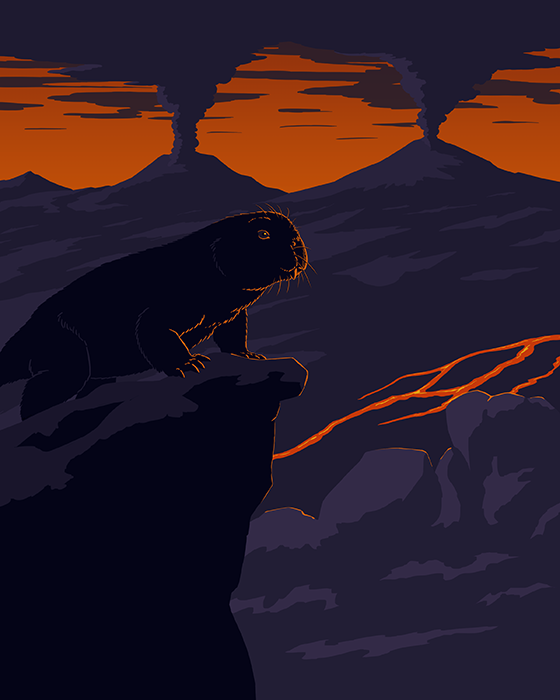The extinction event that wiped out the non-avian dinosaurs is probably the most “famous” mass extinction, but it wasn’t the worst one in Earth’s history. That morbid honor goes to the Permian-Triassic extinction 252 million years ago – also aptly known as the Great Dying.
A truly massive amount of biodiversity was lost in this event, with 96% of marine species and 70% of terrestrial species disappearing. Some marine ecosystems seemed to rebound fairly quickly, but overall it may have taken at least 5-10 million years for anything close to full recovery. Terrestrial vertebrates may even have taken up to 30 million years to regain previous levels of diversity.
And… we’re not sure why it happened.
One of the main potential culprits is the massive eruption of the Siberian Traps – one of the largest known volcanic events on Earth – but other explanations include an asteroid impact, methane-producing microbes, ocean anoxia, the formation of Pangaea, a nearby supernova destroying the ozone layer, and even dark matter.
Or it might have been a result of multiple causes at once, events that wouldn’t have been so severe individually but became disastrous in combination. This is known as the “Murder on the Orient Express Model”: maybe they all did it.
But there’s also a secondary element to today’s mystery. In the aftermath of the Great Dying, a small dicynodont synapsid briefly took over the world. For the first few million years of the Triassic, around 95% of the Earth’s population of terrestrial vertebrates were all Lystrosaurus – no other genus or species of animal has ever dominated to such a degree.
Why did these squat little dog-sized animals survive and thrive when everything else was struggling? They might have been opportunistic generalists able to deal with changing conditions better than other groups, the extinction of most large predators may have allowed their population to explode, or it might simply have been a matter of luck.
We just don’t know.

